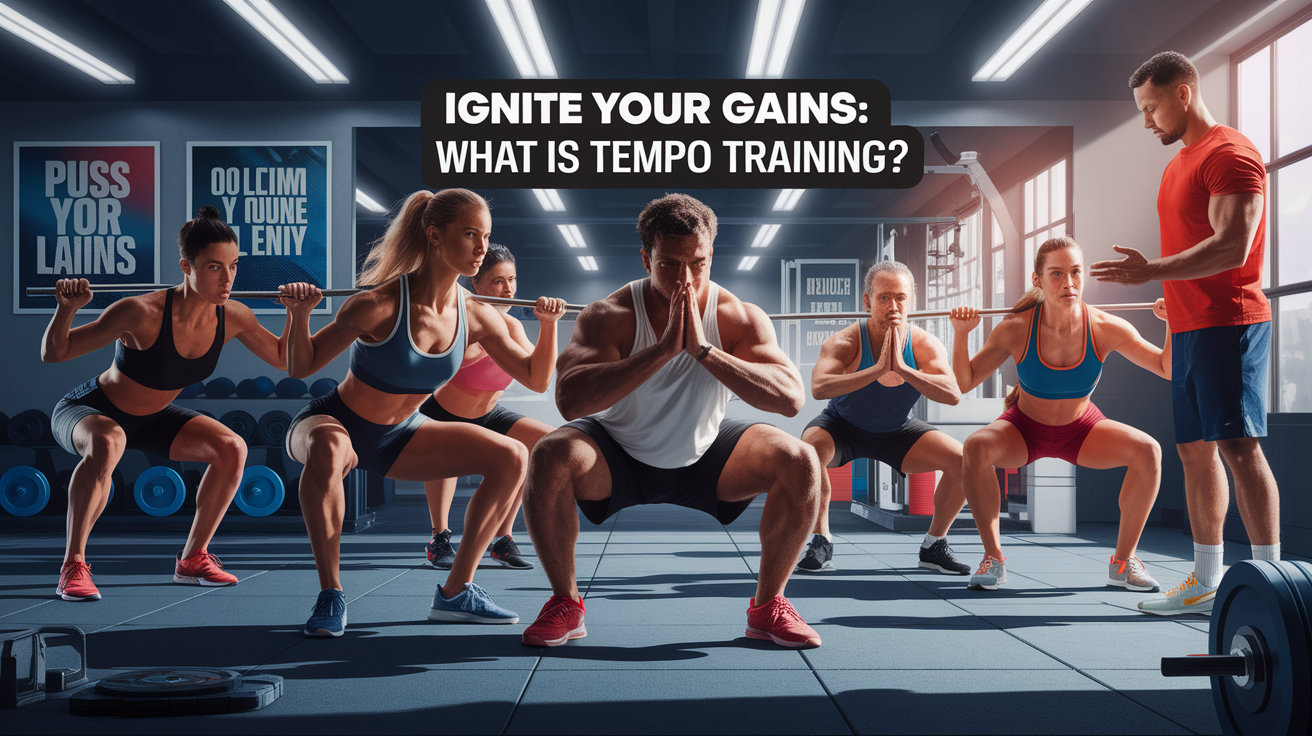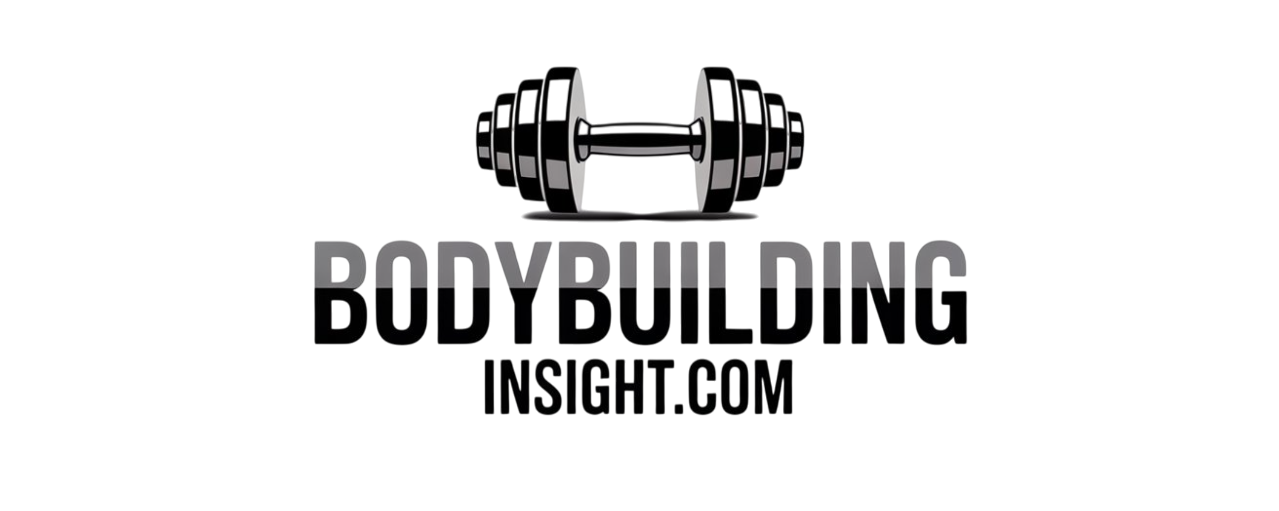Mastering Tempo Training for Hypertrophy
Decoding Search Intent and Core Questions
When lifters search for information on tempo training for hypertrophy, they are usually looking for evidence-based answers to a few key questions: How do different rep speeds affect muscle growth? What is the best tempo to build size? How should tempo be incorporated into a bodybuilding program?

This article targets those queries with science-backed insights, breaking down the roles of the eccentric, concentric, and isometric phases in resistance training and translating them into actionable training strategies. By the end, you’ll know exactly how to program, apply, and execute tempo training to maximize time under tension and stimulate muscle hypertrophy.
Tempo Unleashed: Unlocking Superior Muscle Growth
Tempo training is more than simply slowing down your reps—it’s a precision tool for controlling each phase of a lift. By manipulating rep cadence, you can deliberately target the physiological mechanisms that drive hypertrophy without relying solely on heavier loads.

Through strategic control in each lift—particularly during the eccentric phase—you increase mechanical tension and metabolic stress, both crucial for muscle building. This precision transforms otherwise “routine” lifts into potent growth stimulators.
Ignite Your Gains: What is Tempo Training?
Tempo training refers to assigning a specific speed to each contraction phase of an exercise. A common format is four digits corresponding to eccentric, isometric, concentric, and pause phases, such as 3/1/1/0:

- Eccentric (Lowering): The lengthening phase of the muscle under load.
- Isometric Hold: Pausing at the bottom or top position.
- Concentric (Lifting): The shortening phase of the muscle.
- Pause at the Top: Reset before beginning the next rep.
Each digit is expressed in seconds. This structured rep tempo manipulates your time under tension (TUT)—a key driver of hypertrophy (source).
The Science Behind Tempo and Hypertrophy
Research confirms that slower tempos, especially with controlled eccentrics lasting 3–4 seconds, produce greater hypertrophy than faster lifting speeds when load is matched (study). This happens because slow negatives cause more muscle damage and recruit more motor units, triggering stronger muscle protein synthesis.
Interestingly, using a slower tempo with lighter loads can deliver growth similar to heavier, faster training—making tempo a valuable tool for reducing joint stress without sacrificing gains (analysis).
Tempo Protocols for Maximum Muscle Growth
- Standard Hypertrophy Tempo: 3/0/1/0 – Three seconds lowering, no pause, one second lifting.
- Controlled Power Tempo: 2/0/X/0 – Two seconds lowering, explode concentrically (“X” for maximal velocity).
- Isometric Emphasis Tempo: 2/2/1/0 – Two-second lowering, two-second hold, one-second lift; effective for muscle activation awareness.
For pure hypertrophy, slower eccentrics (2–4 seconds) with controlled concentric lifts are optimal for increasing time under tension and maximizing mechanical tension per rep (source).
Programming Tempo into Your Training
To integrate tempo effectively:
- Select 1–2 exercises per muscle group to perform with controlled tempo each session.
- Keep volume load consistent; tempo slows reps, so adjust weights accordingly.
- Use slower eccentrics in training periodization phases focused on hypertrophy, and fast concentrics during strength/power cycles (source).
- Track tempo alongside reps, sets, and load for progressive overload.
Common Pitfalls and How to Avoid Them
- Going Too Light: While tempo increases intensity, using excessively light loads can reduce stimulus. Aim for an RPE of 8–9.
- Loss of Form: Fatigue from slow reps can break technique. Maintain movement quality at all times.
- Neglecting Variety: Tempo alone doesn’t replace other training variables. Balance tempo work with traditional lifting speeds.
- Skipping Tracking: Without logging tempo, you can’t accurately measure progress.
Sample Workouts and Templates
Upper Body Hypertrophy (Push Focus)
- Bench Press – 3/0/1/0, 4 sets x 8 reps
- Incline Dumbbell Press – 3/0/1/0, 3 sets x 10 reps
- Dumbbell Fly – 2/0/2/0, 3 sets x 12 reps
Lower Body Hypertrophy
- Back Squat – 4/0/1/0, 4 sets x 6 reps
- Romanian Deadlift – 3/0/1/0, 3 sets x 8 reps
- Leg Press – 2/0/2/0, 3 sets x 10 reps
Frequently Asked Questions
What is the best tempo for hypertrophy training?
Generally, 2–4 seconds on the eccentric, 0–1 second pause, and 1–2 seconds on the concentric phase work well for muscle growth.
How does tempo training increase muscle growth?
By extending time under tension, tempo training amplifies mechanical tension, metabolic stress, and microdamage—stimulating hypertrophy pathways (source).
Should I focus on slow eccentrics for muscle building?
Yes, slow eccentrics increase muscle fiber recruitment and improve movement control, both of which are linked to hypertrophy gains.
Accelerate Your Growth: Final Thoughts
Tempo training is not a gimmick—it’s a scientifically validated method to intensify your training without simply adding more weight. By controlling lift speed, especially during eccentric phases, you can maximize muscle fiber recruitment, improve movement quality, and generate sustained muscle hypertrophy.
Commit to mastering tempo as you would any other training variable. Log it, progress it, and use it purposefully within your periodized program. In bodybuilding, detail matters—and tempo is one of the most overlooked details in long-term, sustainable physique development.







